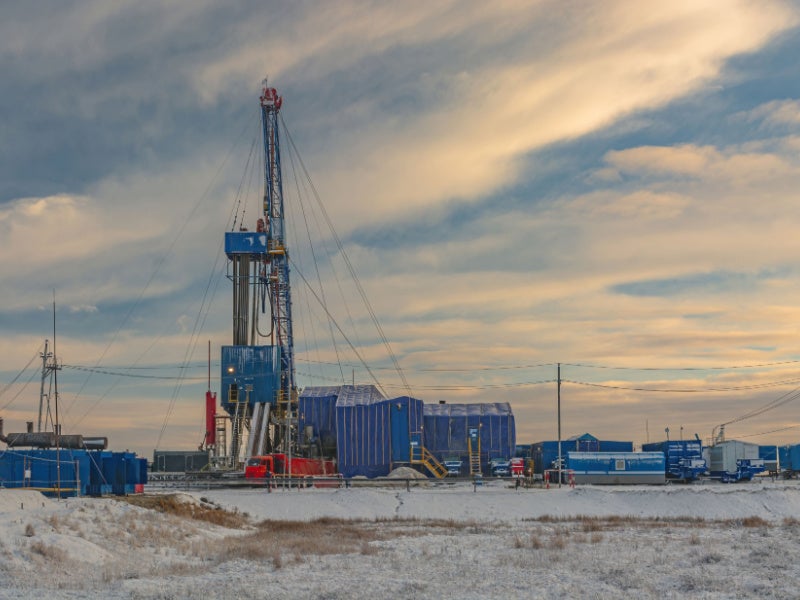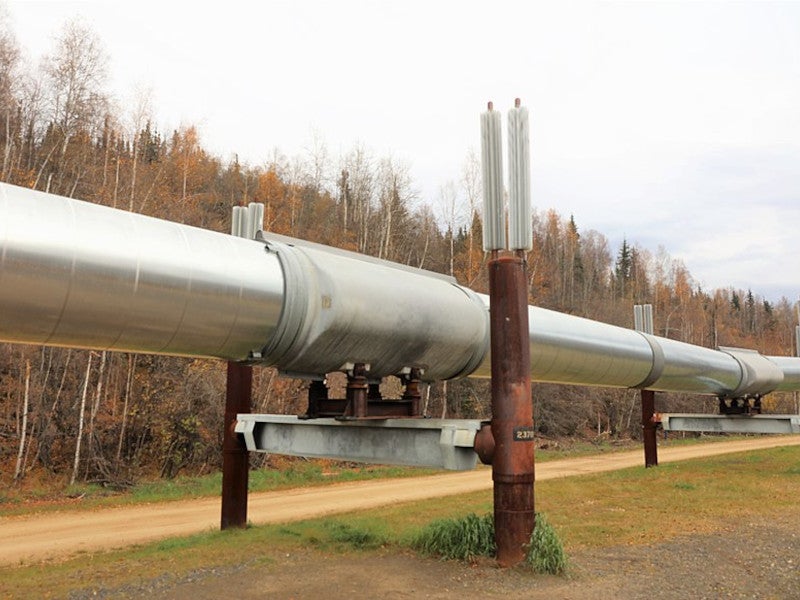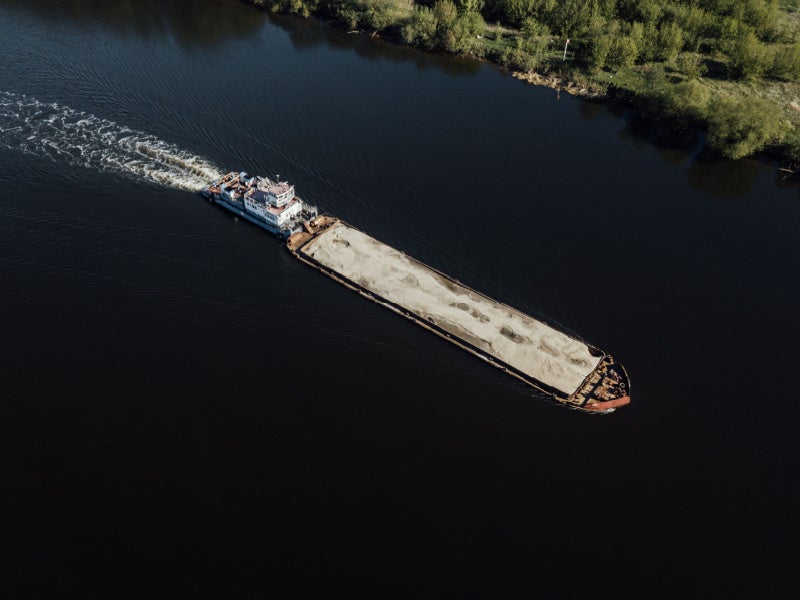Pikka is an onshore oil field planned to be developed on the North Slope of Alaska, US.
Australian oil company Santos is the operator and holds a 51% stake in the project. The remaining 49% interest is held by Spanish oil major Repsol.
Santos became the operator through the acquisition of Papua New Guinea-based oil and gas company Oil Search in December 2021. The Pikka oil field was initially owned by Oil Search (25.5%), Armstrong Oil and Gas (19.125%), GMT Exploration (6.375%), and Repsol (49%). Oil Search purchased stakes held by Armstrong Oil and Gas and GMT in June 2019.
Santos and Repsol made a final investment decision (FID) for the $2.6bn Pikka phase one project in August 2022.
Phase one is expected to come onstream in 2026 and produce up to 80,000 barrels of oil a day. The project is expected to create more than 2,600 jobs during the construction phase and more than 500 jobs during operation.
Location of the Pikka field
The Pikka field is situated in the North Slope Borough, Alaska, 84km west of Deadhorse and 10km away from Nuiqsut. It lies to the west of the Kuparuk River Unit oil field, which is operated by ConocoPhillips.
Reservoir details of Alpine C and Nanushuk
The Pikka development project targets oil deposits in the Alpine C and Nanushuk reservoirs. The oil field was estimated to hold 397 million barrels of oil in proven and probable reserves as of August 2022.
Pikka field discovery and exploration details
Armstrong Oil and Gas and Repsol discovered the Pikka field by drilling the Qugruk 3 discovery well in 2013.
In addition, 12 conventional and seven side track wells were drilled in the Pikka and Horseshoe areas by 2017.
Oil Search appraised the Pikka field by drilling two appraisal wells, namely Pikka B and C, in 2019, which confirmed the reservoir productivity of the Pikka Unit in the Nanushuk formation.
Pikka phase one development details
Phase one development is based on 32 leases within the greater Pikka oil field. It will consist of 45 wells drilled from a single well pad to reduce the environmental footprint.
The low-carbon project will also adopt electrified field operations and utilise the existing infrastructure, including the Kuparuk transportation pipeline and the Trans-Alaska pipeline system.
Other components of the project will include a processing facility, a seawater treatment plant, and an operations pad.
The project entered the front-end engineering and design (FEED) stage in Q4 2021. The development drilling campaign is expected to commence in Q3 2023, with the engineering and procurement activities expected to be completed by end of 2024.
Pikka phase one is expected to produce up to 80,000 barrels per day (bpd) of oil over an estimated project life of 30 years.
Details of floating seawater treatment plant
A floating seawater treatment plant with a capacity of 100,000bpd is being developed as part of the Alaskan oil project. The US Army Corps of Engineers approved the construction of the seawater treatment plant in November 2020.
The plant will fulfil the statutory and regional regulatory environmental requirements of Alaska. It will be a barge-mounted treatment plant measuring 145m long, 56.2m wide and 8m high. The facility is expected to start operations in the second quarter of 2025.
Contractors involved
VME Process was selected to provide an American Bureau of Shipping (ABS)-classified bespoke barge for the seawater treatment plant for the Pikka oil field project in April 2021.






